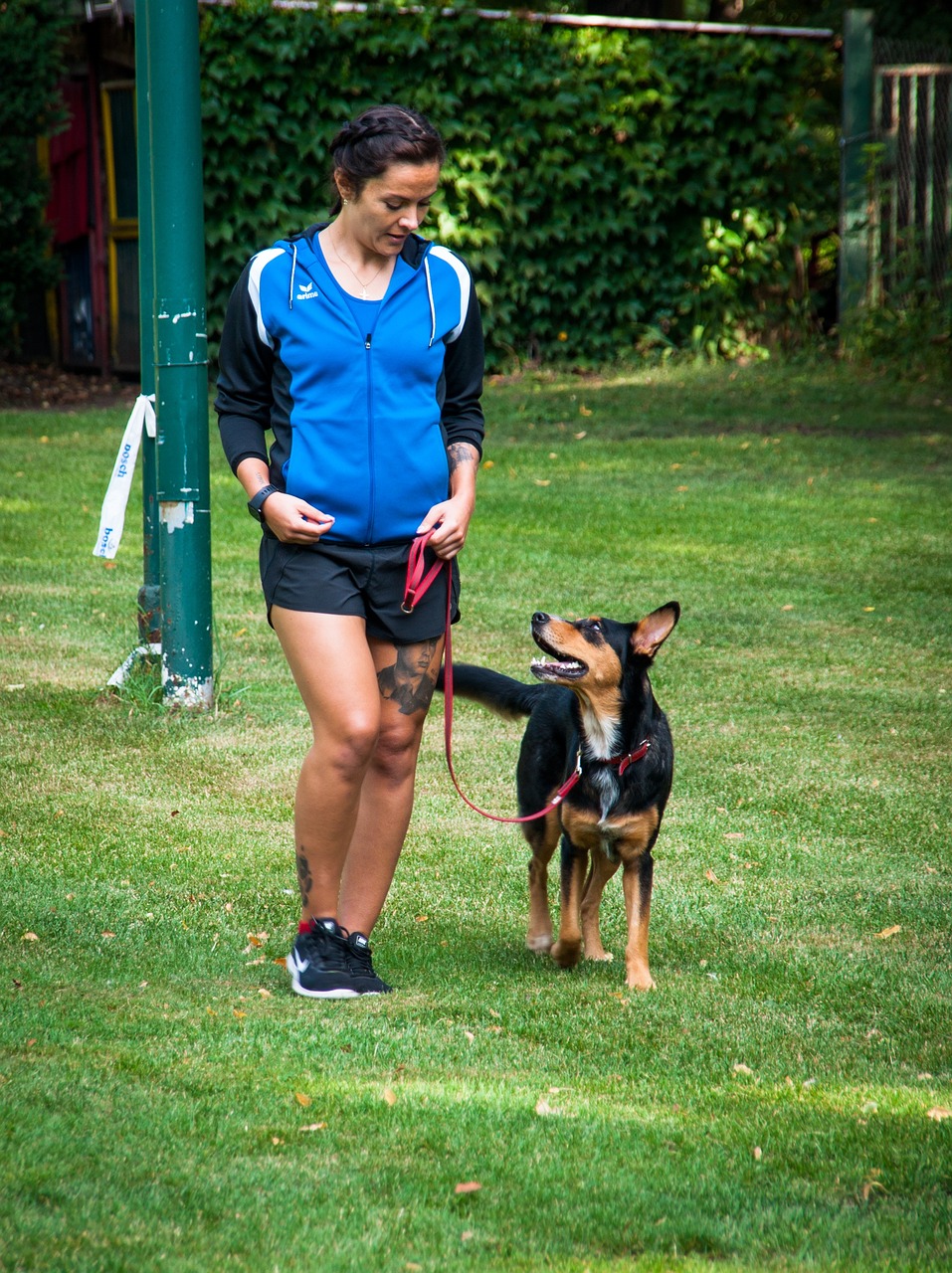
Walking your dog can be one of life’s simple pleasures, offering exercise, bonding time, and a breath of fresh air for both you and your furry companion. However, safety should always be a top priority to ensure a positive and enjoyable experience for both you, your pet, and other people and animals in the community. At DACC, we see many instances of dog attacks and injuries when pet owners are walking their dogs. Many of these could have been avoided if the right precautions had been taken. In this blog, we’ll explore essential tips for safely walking your dog.
- Leash and Collar Selection:
Choosing the right leash and collar for your dog is the first step in ensuring a safe walk. Choose a sturdy leash of appropriate length (typically 4-6 feet) and a well-fitted collar or harness. Do not use retractable leashes. They are very difficult to use in case of a dog attack or other emergency, the thin cord is hard to grab and can cause severe burns to your hand, and the cords can get easily tangled up around your legs or with other dogs or people, causing injuries. The collar should be snug but not too tight, allowing you to slip two fingers between the collar and your dog’s neck. Make sure your dog can not pull out of the collar by backing up or wriggling out of it. I have seen dogs do this when they are frightened by something, and then run away in fear. A well-fitted harness or slip collar will prevent this from happening.
- Training and Obedience:
Before embarking on outdoor adventures, invest time in training your dog. Basic commands like “sit,” “stay,” and “heel” are invaluable for maintaining control during walks. Positive reinforcement training methods work wonders in establishing good behavior. Most importantly, have a good recall for your dog so you know it will come back to you in case you are separated. If your dog needs training on how to walk politely on a leash, find a reputable dog trainer that works with both of you so you and your dog each learn the best way to have a safe and enjoyable walk.
- Be Mindful of Your Environment:
Always be aware of your surroundings. Check for potential hazards, such as broken glass, sharp objects, discarded food, or poisonous plants that your dog might encounter. Keep an eye on your dog to ensure they don’t ingest anything harmful. Do not use ear buds or other listening devices that will interfere with your ability to hear a potential threat. This could be a loose, aggressive dog or just a skateboarder rolling up behind you and your dog that could startle it and cause a panicked reaction – or even a bite. Always scan the surroundings – electric cars are silent and you may not hear one as you cross the street, a loose dog could be approaching, runners may appear threatening to your dog, or other potential risks can occur. The prevalence of coyotes in Southern California are a significant threat to small dogs and will even snatch them while they are being walked on a leash.
- Wear Proper Footwear
Sturdy, closed-toe shoes are a must for dog walking. Athletic shoes or hiking shoes/boots provide proper support and stability for you in case there is a problem. Flip flops and sandals will not give you the traction and protection you need to run after your dog that pulled out of its collar, or defend you and your dog from an aggressive dog.
- Use Poop Bags:
Always carry poop bags with you. It’s not just good manners, but also a crucial safety measure to maintain cleanliness and hygiene in your neighborhood. Worms and other intestinal parasites can be transmitted through feces left behind. Be a good example and conscientious dog owner and clean up after your dog.
- Socialize Your Dog, or Take Precautions:
Make sure your dog is well-socialized. Arrange playdates with calm, non-confrontational dogs to help them interact positively with other animals and people. If they need work on this, book some time with a trainer or at a reputable doggie day care with trained employees who can supervise your dog’s interaction with other dogs and make sure they are positive experiences. If your dog is anxious or overly assertive with other dogs or people, do not allow it to interact with them and make certain you always have it under complete control.
- Watch for Signs of Overexertion:
Dogs can get tired quickly, especially in hot weather. Keep an eye out for signs of fatigue, like heavy panting, slowing down, or reluctance to continue. Bring water for your dog and take breaks in the shade if necessary. Brachycephalic dogs (those with very short muzzles, like Boxers, French Bulldogs, English Bulldogs, etc.) overheat very quickly to the point it can be life threatening. Dogs that are susceptible to heat stroke should not be walked in hot weather. Similarly, dogs with very thin coats like Greyhounds should be provided with jackets to keep them warm in cold weather. Remember, as your dog ages it may need shorter walks or medications for arthritis – your veterinarian can make recommendations based on its particular needs.
- Be Mindful of Weather Conditions:
Extreme weather conditions can pose a threat to your dog’s safety. In hot weather, avoid walking on scorching pavement, and in cold weather, be mindful of your dog’s comfort and safety. Consider using booties to protect their paws in harsh conditions. Salt used to melt ice can be caustic to their feet and may cause them to become ill if they lick their feet and ingest it.
- Respect Personal Space:
Not all dogs are as friendly as yours. Always ask for permission before allowing your dog to approach another dog or person. Be ready to recall your dog if the other party prefers not to interact.
- Stay on Leash When Required:
Leash laws vary by location, so make sure to adhere to local regulations. Even if your dog has impeccable obedience, keeping them on a leash may be necessary for everyone’s safety. One of the biggest mistakes I see people make is letting their dogs run loose when they shouldn’t. Often the dogs run up to other leashed dogs that are not friendly, and a fight ensues. The owner of the off-leash dog will usually be held liable for all medical expenses because they were the ones in violation of the law. The dog could also be declared potentially dangerous or vicious, depending on the circumstances.
- ID and Microchipping:
Accidents can happen, and dogs may slip out of their collars or escape during walks. Ensure your dog has proper identification, including a collar tag and a microchip, with updated contact information.
Walking your dog can be a wonderful experience when done safely and responsibly. By following these tips, you’ll not only protect your dog but also create a stronger bond and ensure a positive experience for both of you. Safe, happy walks await you and your four-legged friend!
Marcia Mayeda

You can subscribe to Marcia’s blog here: https://animalcare.lacounty.gov/directors_blog/
Help DACC in its mission of helping animals by supporting the Los Angeles County Animal Care Foundation: https://lacountyanimals.org/
Recently I had the opportunity, along with spcaLA President Madeline Bernstein and Inland Valley Humane Society & SPCA President Nikole Bresciani, to meet with NBC 4 reporter Kathy Vara to discuss the current challenges facing animal sheltering organizations.

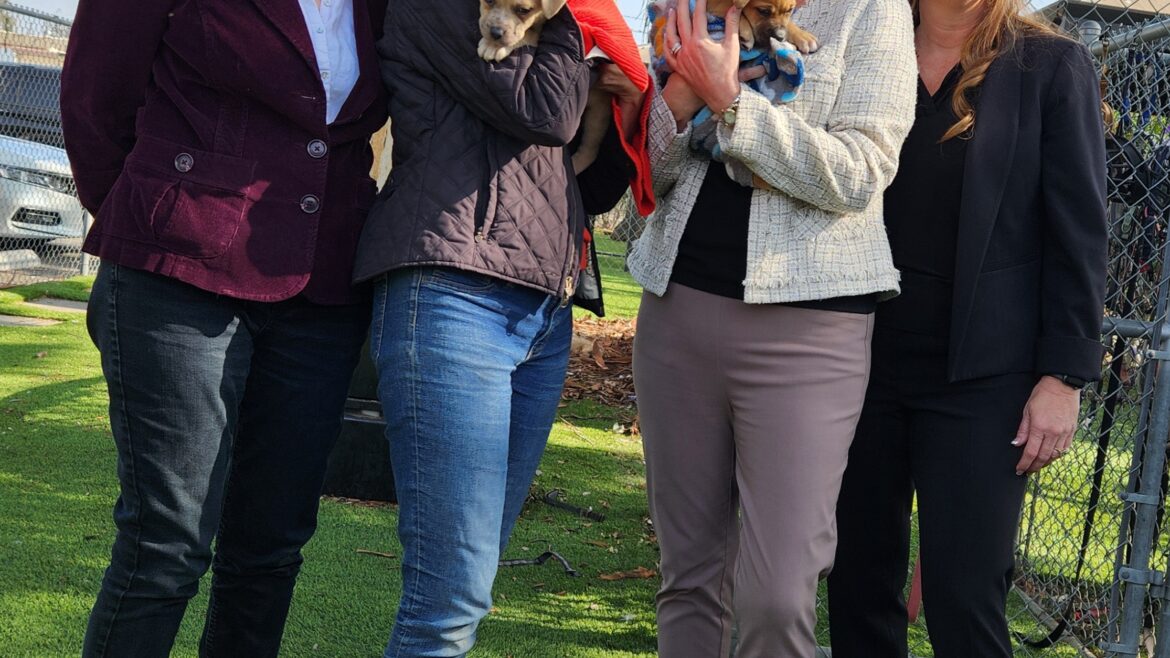

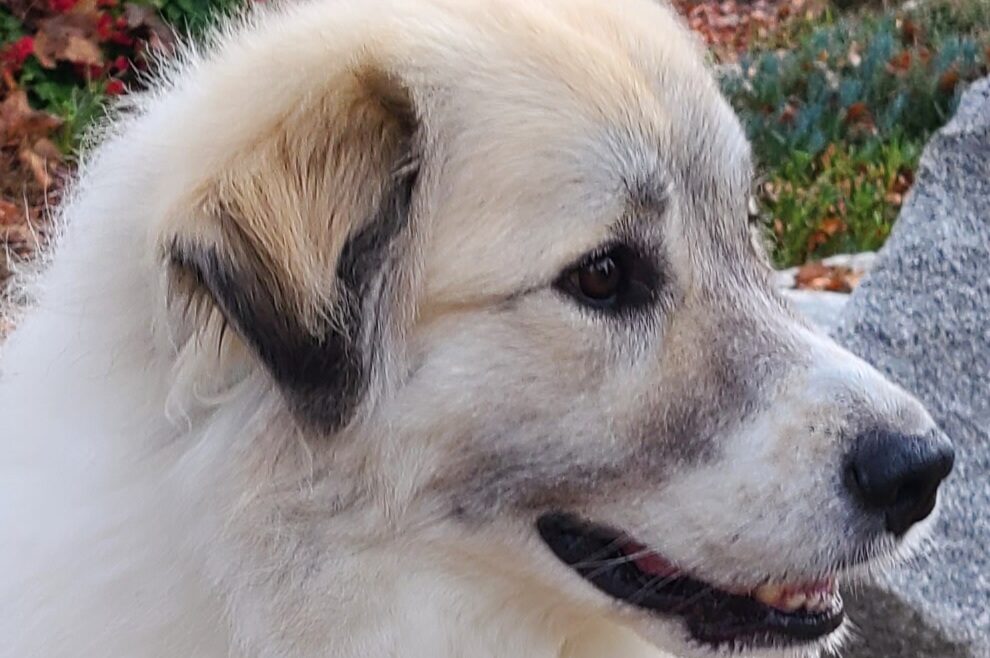
 In March of 2022 my husband and I volunteered to provide foster care for a two-year-old female Great Pyrenees dog for the Great Pyrenees Association of Southern California Rescue. She had been found on the streets as a stray by a wonderful woman who witnessed her being struck at by a person with a broom, so this kind rescuer bribed the dog into her car with some lunch meat and the dog made her way to safety at our Downey Animal Care Center.
In March of 2022 my husband and I volunteered to provide foster care for a two-year-old female Great Pyrenees dog for the Great Pyrenees Association of Southern California Rescue. She had been found on the streets as a stray by a wonderful woman who witnessed her being struck at by a person with a broom, so this kind rescuer bribed the dog into her car with some lunch meat and the dog made her way to safety at our Downey Animal Care Center.
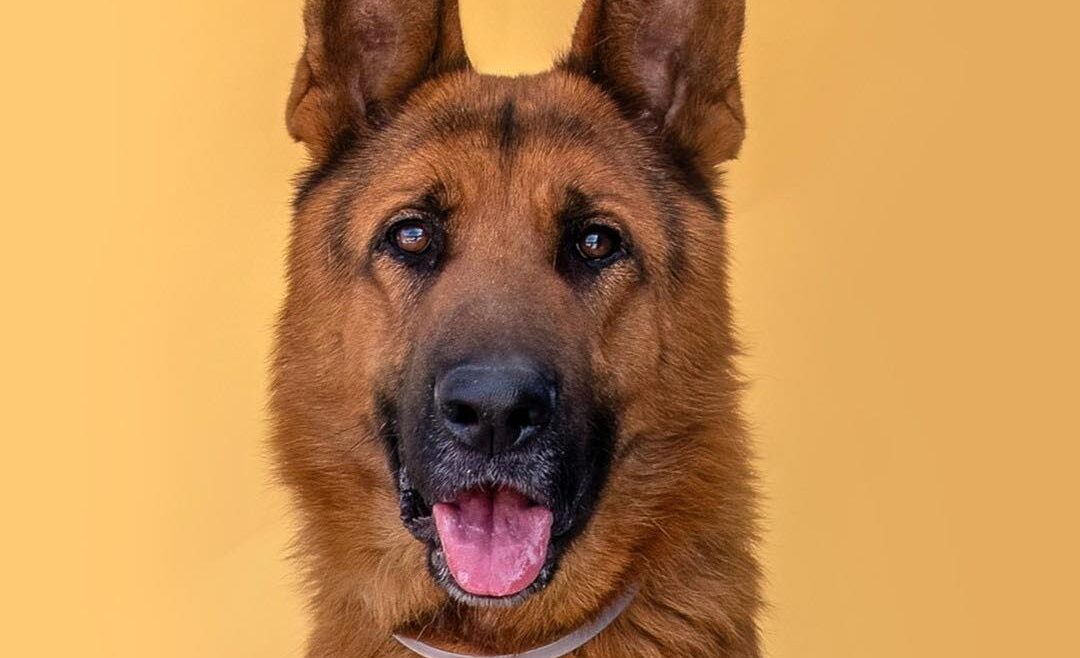
 One of my favorite sites on social media is the site called WeRateDogs. WeRateDogs asks pet owners to send photos of their dogs, then posts selected photos with humorous comments. Dogs are rated on a scale of one to ten, but always get an above-ten rating. The posts are always enjoyable and heartwarming. WeRateDogs has over 20 million followers across all platforms including Facebook, Instagram, X, and TikTok.
One of my favorite sites on social media is the site called WeRateDogs. WeRateDogs asks pet owners to send photos of their dogs, then posts selected photos with humorous comments. Dogs are rated on a scale of one to ten, but always get an above-ten rating. The posts are always enjoyable and heartwarming. WeRateDogs has over 20 million followers across all platforms including Facebook, Instagram, X, and TikTok.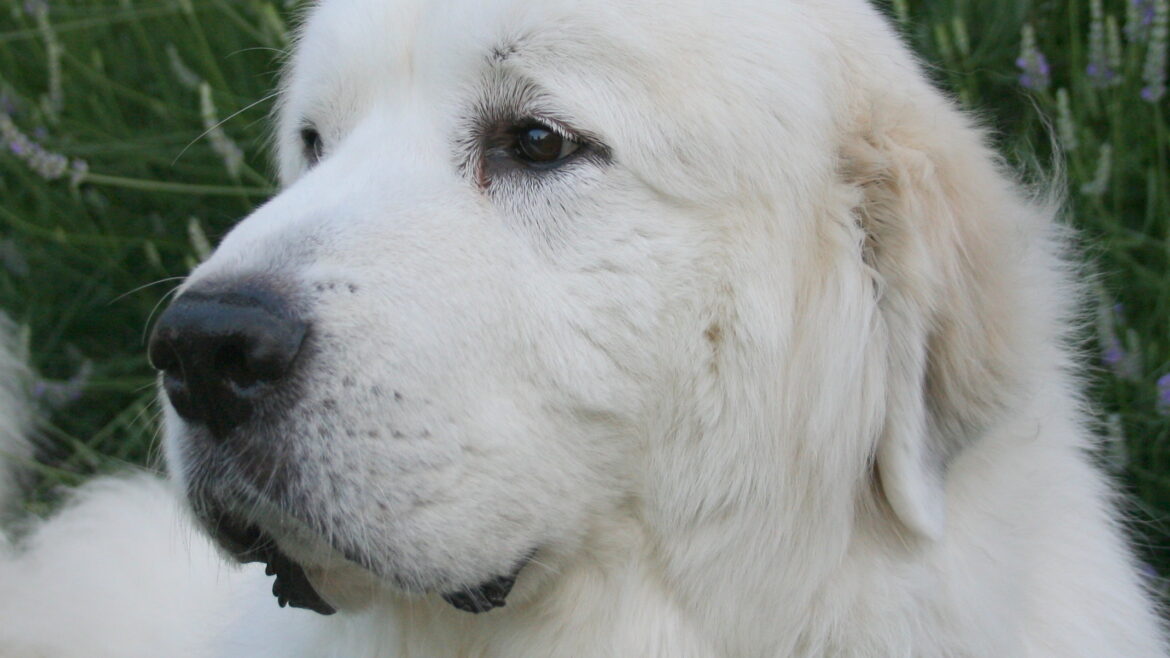

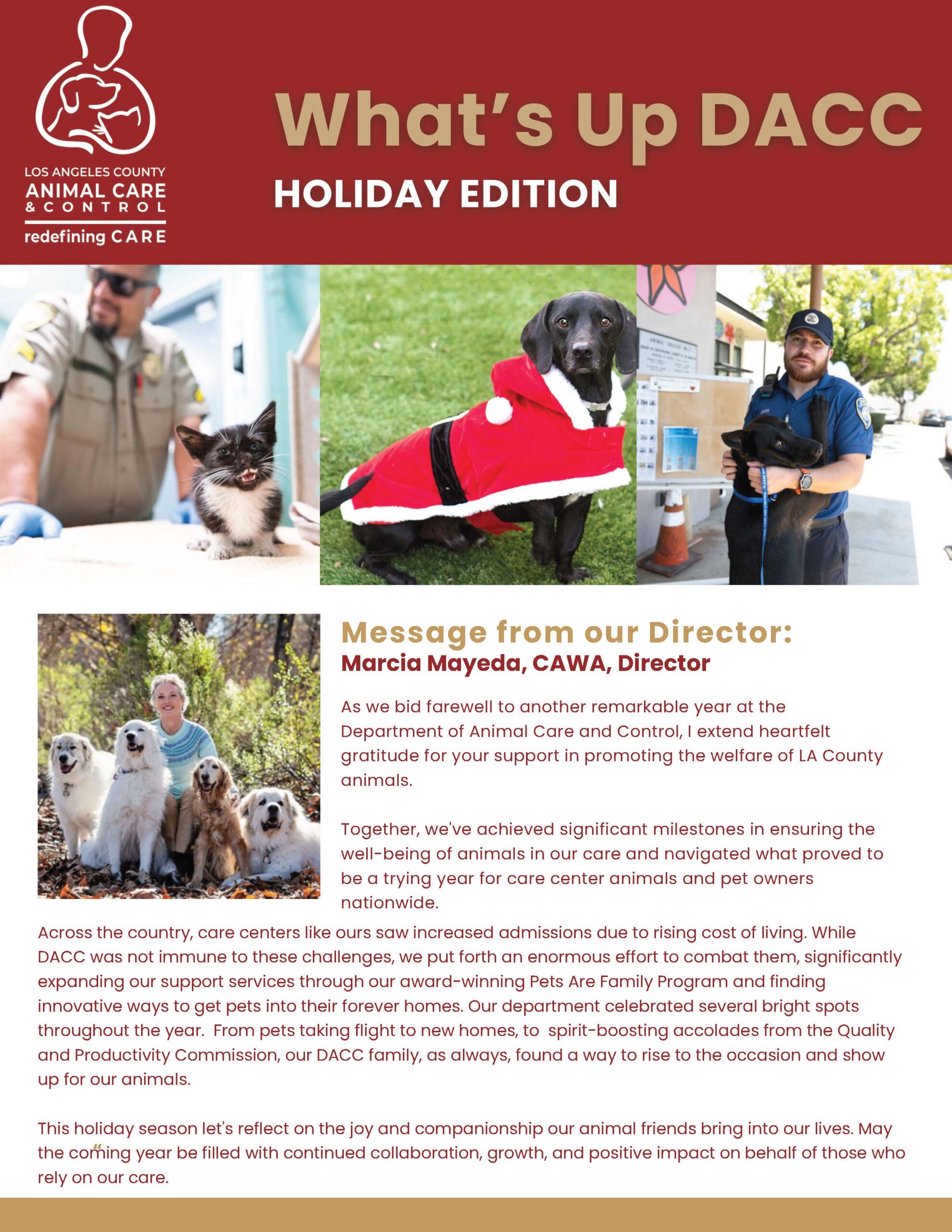
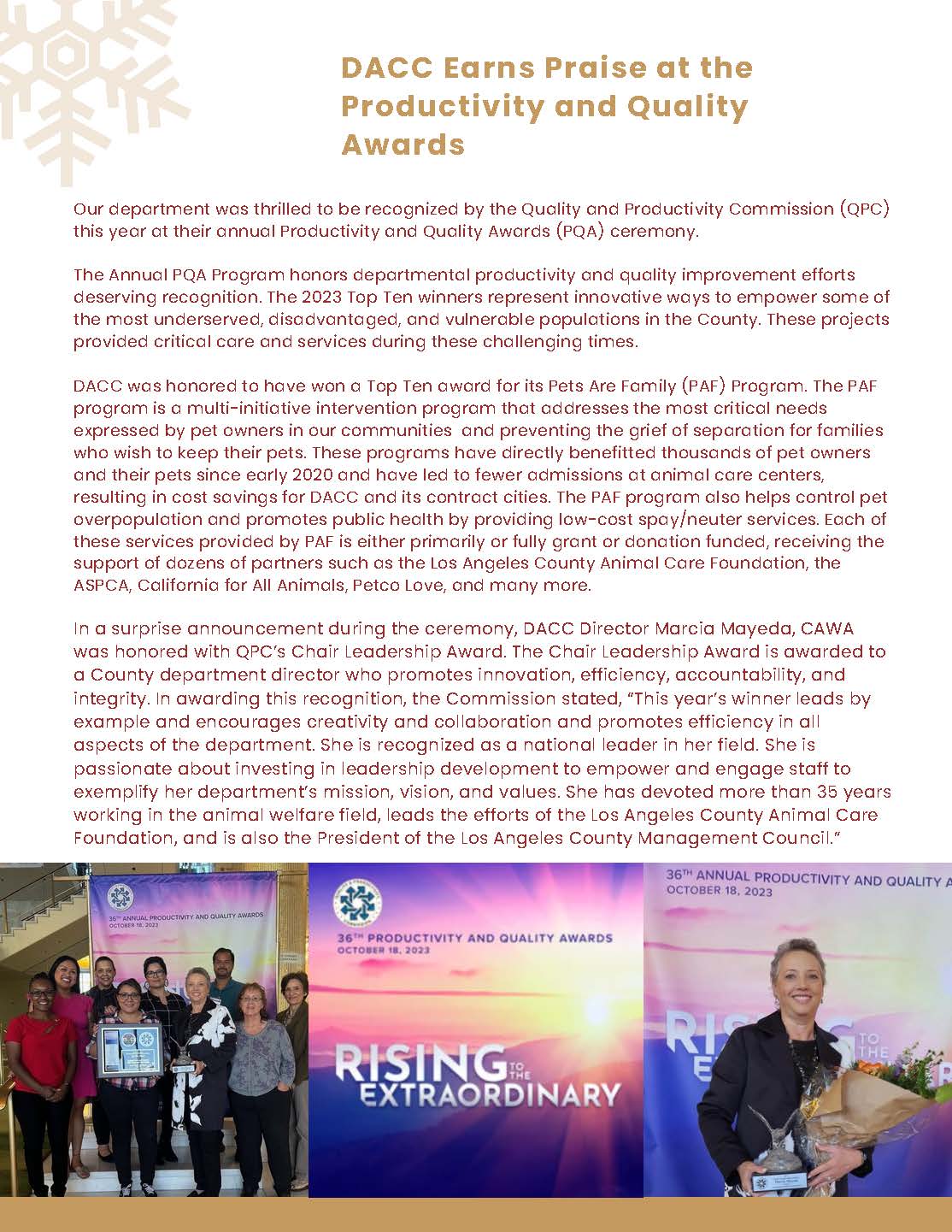

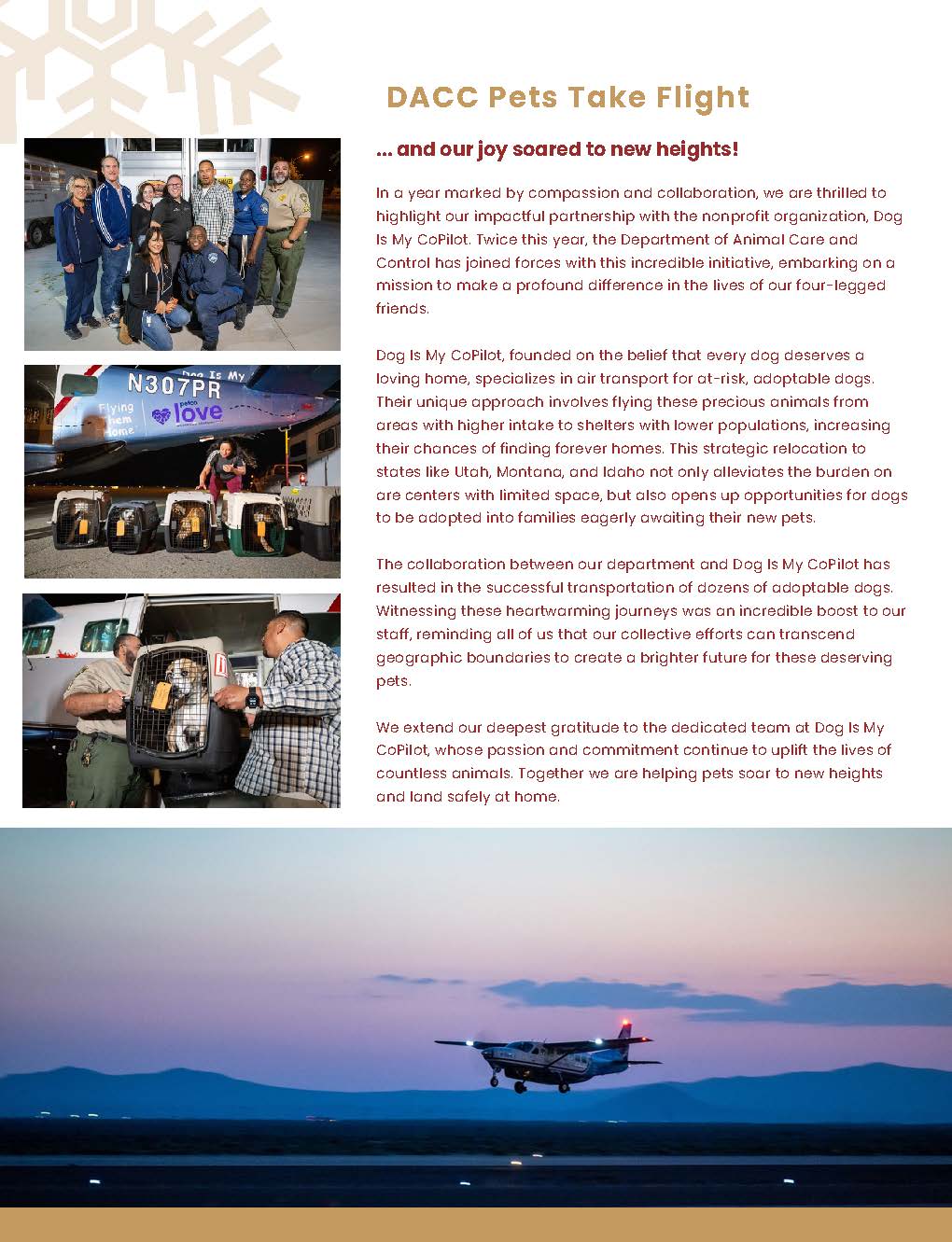

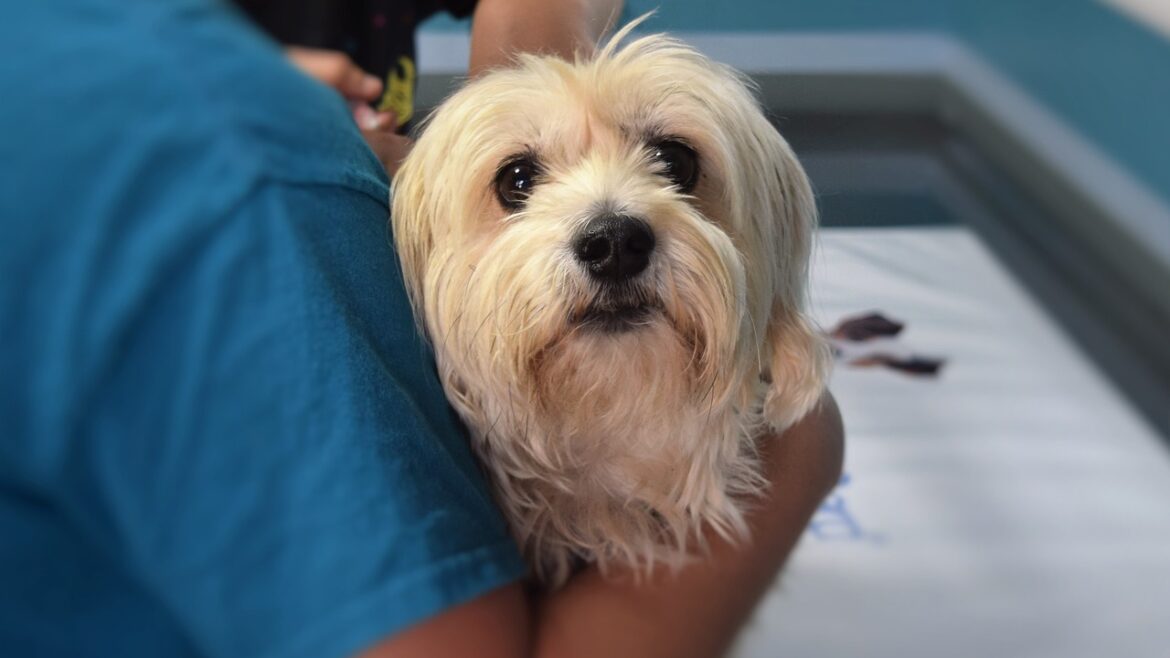

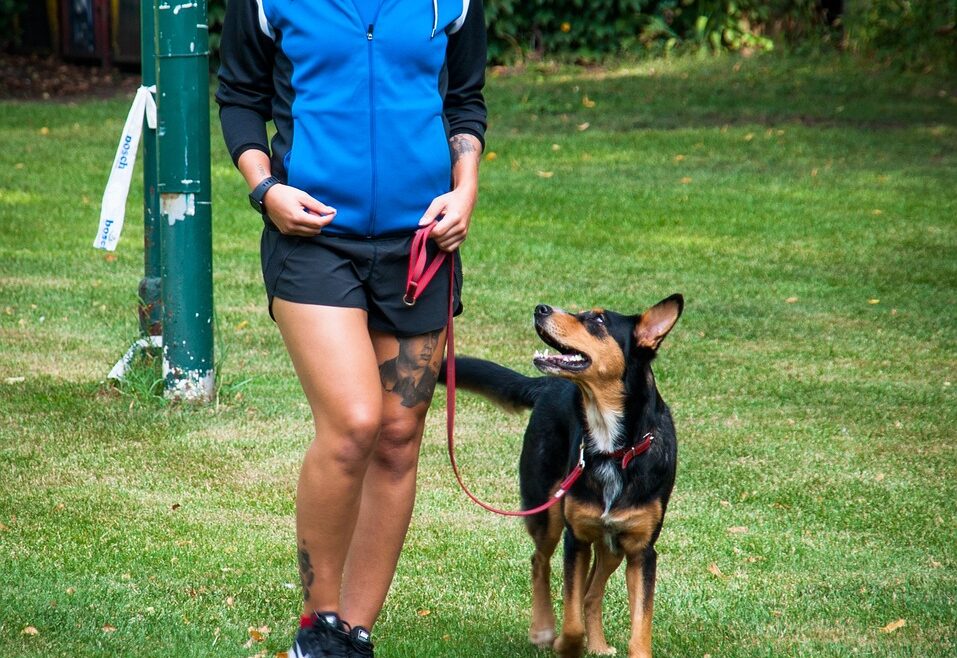


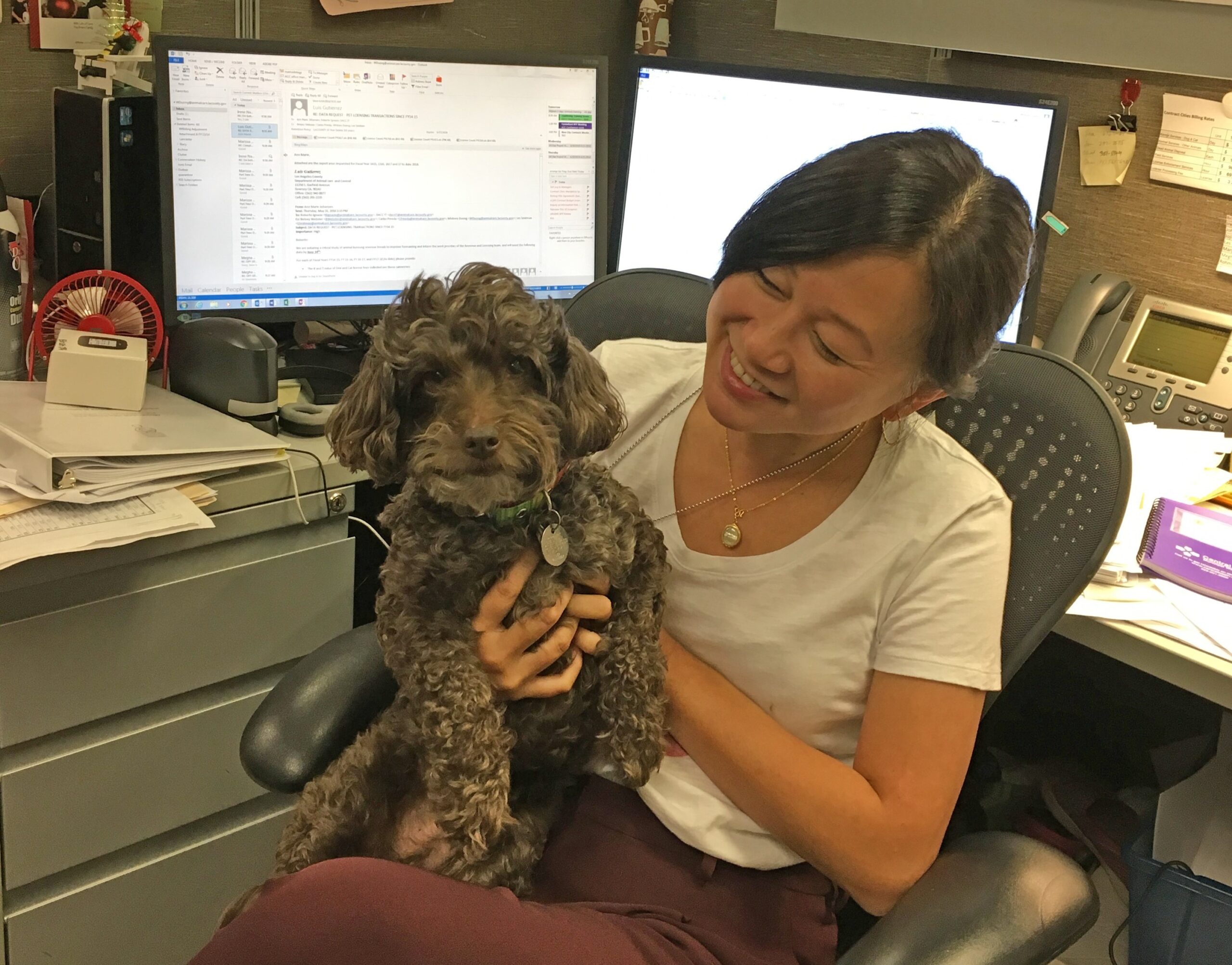
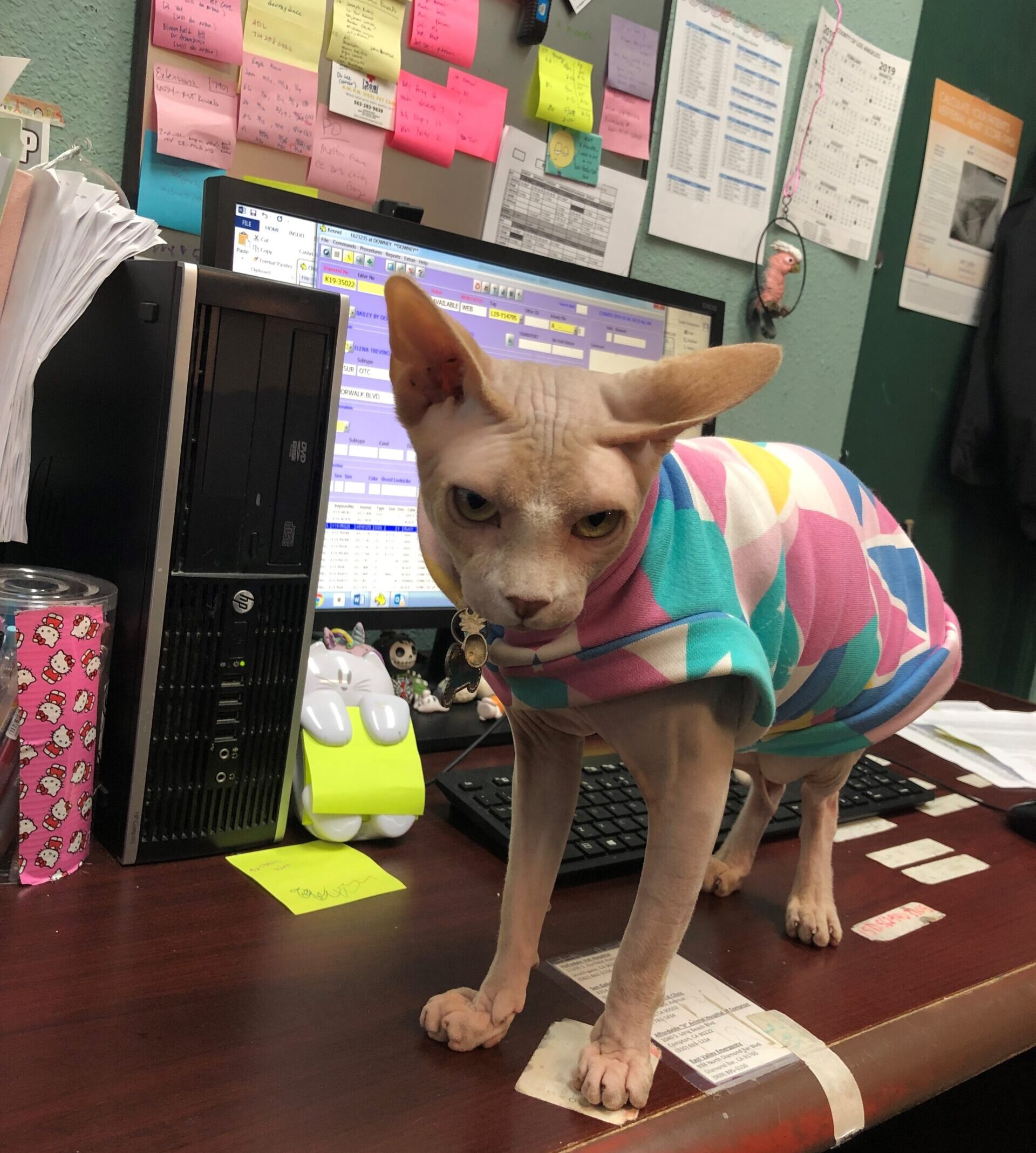




 Pets at work transform the atmosphere at the workplace. The presence of pets has been scientifically proven to reduce stress and anxiety levels. Petting a friendly animal releases oxytocin, the “feel-good” hormone, which can help lower blood pressure and promote relaxation. Having a friendly furry face to interact with during a hectic workday can provide a much-needed mental break and help employees recharge their energy. Many times, coworkers in the office came to spend a few moments with my dogs just to take a break from staring at spreadsheets or documents on their computers.
Pets at work transform the atmosphere at the workplace. The presence of pets has been scientifically proven to reduce stress and anxiety levels. Petting a friendly animal releases oxytocin, the “feel-good” hormone, which can help lower blood pressure and promote relaxation. Having a friendly furry face to interact with during a hectic workday can provide a much-needed mental break and help employees recharge their energy. Many times, coworkers in the office came to spend a few moments with my dogs just to take a break from staring at spreadsheets or documents on their computers.
